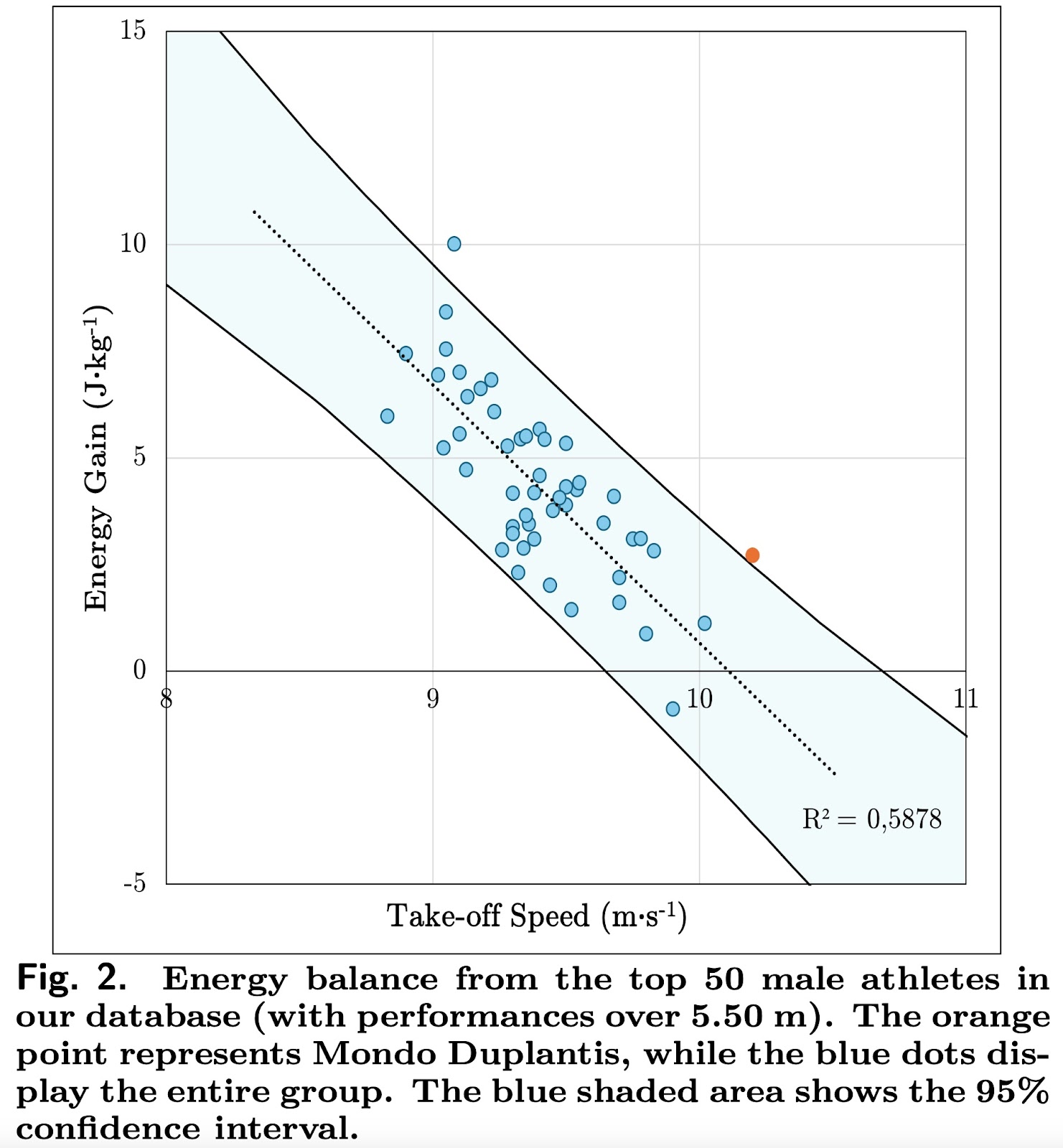As you certainly know I am a fan of P.J. Vazel and I am following his twitter (X) stream. Thus I stumbled upon a post where it was question of a 6.5 m jump and artificial intelligence(!). I was intrigued and I followed the link to an (excellent) article by J. Cassirame and collaborators. In the introduction of the article one reads that there have been speculations on the limit of the men's pole vault performances based on AI analyses. A direct reference to the latest one was given, but it linked to an article of Le Monde, unfortunately behind a paywall. But the author of these speculations was explicitly named, Ather Gattami, apparently an expert in AI, and thus I could track down the original publications.
I found several articles in swedish (but Google can provide quite adequate translations) with one entitled "AI track – Mondo's dream height is 6.51". Duplantis himself has an ambitious career plan and has declared that:
"Jumping 6 meters and 30 centimetres is my next big goal. But why stop there when I can strive for even more? I believe in setting high goals and working hard to achieve them".
So, the swedish olympic committee has sponsored a study led by A. Gattami, which analysed results and data from Duplantis career and "using advanced AI technology identified new dream height for Duplantis at 6.51 meters". Before going further I invite you to savour the (false) precision. It's not 6.50 but 6.51 as if the predictions were accurate to the nearest centimetre. Gattami explains that "AI can give us tools to push the boundaries in sports", and he concludes that "it is exciting to see how the technology can be used to maximise the athlete's potential and inspire new heights of performance". Would such a trivial statement necessitate AI in order to be formulated? I don't think so: human mediocrity could have sufficed.
Since AI pundits have started talking about almost unrealistic heights it was important to see what a serious scientific analysis could conclude. That's what Cassirame and collaborators set out to do. Already their article is entitled "Why pole vaulting at 6.50 meters seems possible but remains improbable", and not 6.51 m, clearly written by people who understand what is meant by precision.
The authors are specialists of the biomechanics of pole vault and examine the feasibility of a 6.5 m jump from the point of view of mechanical energy conservation and the relation of the take-of speed to the performance. They estimate that for a take-off speed of 10.3 m/s an elevation of 6.50 m is possible. However this is a naïve estimate assuming just a point mass situated at the centre of mass of the athlete neglecting his corporeal details. On the other hand the athletes are using their arms bending the pole and elevating their centre of mass and so improve the performance predicted by the simple mechanical calculation. I find the figure of Cassirame et al, given below really fascinating. There is a clear (anti-)correlation between take-off speed and energy gained through the work furnished by the arms.
If you are really interested I urge you to track the article and read it carefully. The conclusion of Cassirame et al, based on purely physical arguments is that while a 6.5 jump by Duplantis is in principle possible, one cannot fully trust the predictions, since Duplantis is an outlier with respect to the general population of vaulters, in terms of take-off speed.
But even if one accepts the feasibility of such a jump, the second question is whether it is realistic given the career of Duplantis. Given that he is 25 years old and that one can reasonably expect his career to peak before 30, he has just a few more years during which he can improve the world record. Given his actual rhythm, it is not unreasonable to expect an improvement of the current record by 6-8 cm. So while Duplantis' goal of a 6.30 m appears well-thought and achievable, the sensationalistic 6.50 m prediction of AI shamans is pure poppycock.


No comments:
Post a Comment